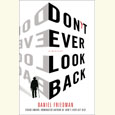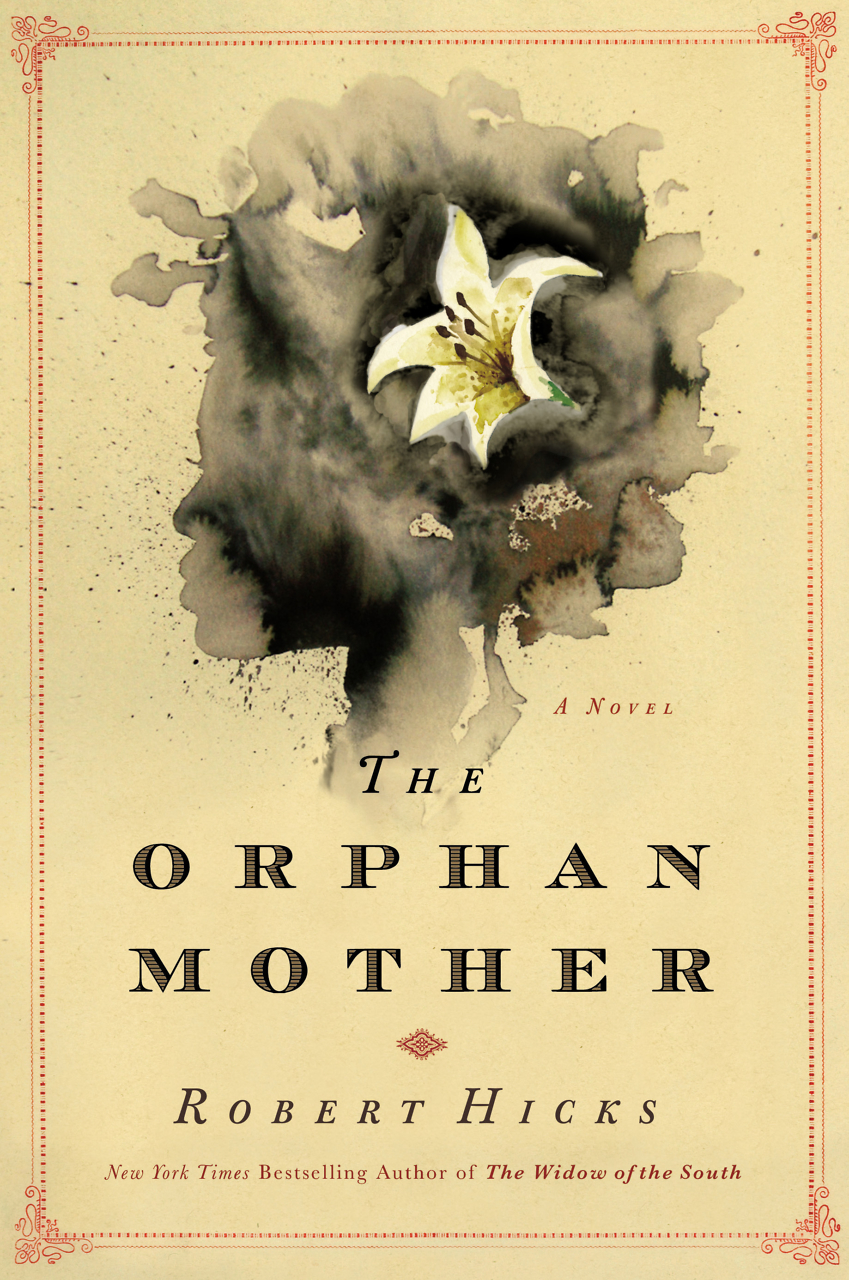The Magnificence of Pain
In The Illumination, Kevin Brockmeier imagines a world in which suffering becomes incandescent
Even when the sight of a body in pain is riveting—say, in endless replays of an NFL quarterback’s leg snapping under the careening weight of a linebacker, or, more poignantly, of a moaning child pinned under the rubble of a crumbled schoolhouse in the wake of an earthquake—if we can bear to look on, we do so against instinct. Our interest may derive from morbid curiosity; it may owe itself to the more decent and empathetic belief that the act of witnessing suffering can be, in some miniscule but not entirely inconsequential way, a means of sharing it. (“To a sensitive being,” Melville writes, “pity is not seldom pain.”)
But what if we woke up instead to a world in which bodily trauma was somehow made, literally, beautiful? What if no pain—whether it be the temporary throbbing head and nausea of a hangover or the ceaseless, possibly terminal growth of cancerous cells deep within the body’s organs—could be hidden from the outside world? What would it mean for humanity if all of our pain shone and glowed from within us?
This is the extraordinary conceit around which acclaimed novelist Kevin Brockmeier constructs his new novel, The Illumination. Suddenly and inexplicably, human wounds begin to gleam with light. Medical diagnosis and triage are revolutionized. Photojournalists document extraordinary images of brilliant agony. The pain of the world is laid bare.
 The novel opens with a newly divorced data analyst, Carol Ann Page, who nearly slices her thumb off while attempting to cut open a tediously wrapped package. The box is from her wicked ex-husband, who, in one of the novel’s many touches of darkly comic detail, taunts Carol Ann by delivering alimony checks that are hidden in boxes filled with packing sawdust or rolled up inside one of a thousand opaque drinking straws. After awaking from surgery, Carol Ann discovers a strange light emanating from the bandages covering her recently repaired thumb. Startled, she learns from a nurse that while she was sedated, a mysterious phenomenon has occurred: all around the world, wounded bodies have inexplicably and spontaneously begun to emit light.
The novel opens with a newly divorced data analyst, Carol Ann Page, who nearly slices her thumb off while attempting to cut open a tediously wrapped package. The box is from her wicked ex-husband, who, in one of the novel’s many touches of darkly comic detail, taunts Carol Ann by delivering alimony checks that are hidden in boxes filled with packing sawdust or rolled up inside one of a thousand opaque drinking straws. After awaking from surgery, Carol Ann discovers a strange light emanating from the bandages covering her recently repaired thumb. Startled, she learns from a nurse that while she was sedated, a mysterious phenomenon has occurred: all around the world, wounded bodies have inexplicably and spontaneously begun to emit light.
A badly injured woman is wheeled into Carol Ann’s room and deposited in the bed beside her. Carol Ann marvels at the gorgeous luminescence coming from the woman’s torso, suggesting the severity of her internal injuries. When the woman awakens, she tells Carol Ann that she has been in a serious car accident which she is certain her husband did not survive. On the table between them is a leather-bound journal, which, the woman reveals, she has maintained largely to record the contents of her husband’s ritual post-it note declarations of ardor: “I love those three perfect moles on your shoulder—like a line of buttons. I love the sound of your voice over the phone when you’re trying to hide the fact that you’re doing a crossword puzzle from me. I love your lopsided smile.” Grieving her husband’s presumed demise, the woman claims she can’t bear to read the journal again and insists that Carol Ann take it. Hours later, the light from within the woman’s body explodes with brilliance and then dwindles to “a cool spectral glow, like moss in a cave.” When the orderly comes to remove the woman’s belongings, Carol Ann seizes the journal for herself.
From this moment on, The Illumination becomes a record both of the glowing-wound phenomenon and the strange journey of the dead woman’s journal as, by chance, it passes through the hands of six strangers nursing both psychic and physical wounds of their own. Each of the novel’s six sections forms a unique meditation on the meaning of pain, and each of its main characters comprehend the significance of the Illumination through strikingly disparate worlds of experience.
The series of circumstances through which the journal changes hands would seem to prefigure the kind of tidy resolution typical of this narrative structure, which itself might suggest that the reason for the Illumination will eventually be explained. But as in the case of much of Kevin Brockmeier’s prior work—especially his last novel, The Brief History of the Dead—The Illumination is not a plot-driven work of science fiction. It belongs to that genre of philosophical magic realism popularized by the Latin-American masters Jorge Luis Borges, Julio Cortázar, and Gabriel Garcia Marquez and the tradition of Kafka delivered most prominently to western audiences by Franco-Czech novelist and essayist Milan Kundera.
Such lofty comparisons, however, should not deter audiences from taking up The Illumination (or, for that matter, the works that influence it, which are far more accessible than the term ‘philosophical magic realism’ might imply). Kevin Brockmeier writes in a deceptively direct, unadorned style, inhabiting each of his characters with admirable generosity, empathy, and delicacy. The philosophical questions that take precedence over plot are profoundly universal. The Illumination here is not so much the subject of the novel as a device through which Kevin Brockmeier delivers traditional character studies and ubiquitous problems in a surprisingly fresh, elegant, and compelling context.
 Through the Illumination, each character experiences an epiphany amidst the invisible traumas of life. Carol Ann Page juxtaposes her own loneliness in the bitter aftermath of divorce with the tragically passionate ardor of the dead woman’s journal, and the light in the bodies around her awakens her empathy for the pain of others. A photo-journalist grieving a horrible loss photographs a group of teenagers who have taken up self-mutilation as body art and abruptly abandons his own life to join them, covering up his grief with the rapture of watching the light explode from superficial cuts and cigarette burns. A pre-adolescent outcast with an abusive father sees light both from human wounds and from inanimate objects, perceiving pain that transcends human experience. Nina Poggione, a fiction writer afflicted with persistent canker sores, sees her pain compounded by its transparency—whenever she speaks, light pours from her mouth—and labors to make meaning of her suffering through her vocation.
Through the Illumination, each character experiences an epiphany amidst the invisible traumas of life. Carol Ann Page juxtaposes her own loneliness in the bitter aftermath of divorce with the tragically passionate ardor of the dead woman’s journal, and the light in the bodies around her awakens her empathy for the pain of others. A photo-journalist grieving a horrible loss photographs a group of teenagers who have taken up self-mutilation as body art and abruptly abandons his own life to join them, covering up his grief with the rapture of watching the light explode from superficial cuts and cigarette burns. A pre-adolescent outcast with an abusive father sees light both from human wounds and from inanimate objects, perceiving pain that transcends human experience. Nina Poggione, a fiction writer afflicted with persistent canker sores, sees her pain compounded by its transparency—whenever she speaks, light pours from her mouth—and labors to make meaning of her suffering through her vocation.
Brockmeier’s imaginary fiction writer is doubtlessly the most personal of his characters. Even lacking reason to believe that her problems are anything but completely imagined, Nina’s methods are clearly also those of her creator. In a 2009 interview in The New York Times, Kevin Brockmeier explains, “I never begin working on a story until I have a title centered at the top of the first page. I think of the title as the target toward which I shoot the arrow of the story.” In The Illumination, Nina Poggione makes precisely the same claim, and though the titles she describes often change, the themes of her stories are constant. Nina’s function as window into the writer’s consciousness explains, in at least one sense, what exactly Kevin Brockmeier is getting at. Nina’s section of the novel begins with an epigraph from Joy Williams which concludes with what might very well be the message The Illumination means to convey: “To eradicate the sickness would be to eradicate the self.” Crippled by her pain but made acutely alert to the agonies of those around her, Nina labors to transform bewilderment into meaning that, through its honesty and artistry, can provide consolation in the absence of truth.
Admittedly, The Illumination’s plot is somewhat disjointed and lacks a fully satisfying resolution of conflict. Nevertheless, the novel succeeds in the daunting task of reflecting the complex nature of pain, loss, and doubt through endearing characters in circumstances that are simultaneously fantastic and ordinary. “In an age of disbelief,” wrote Wallace Stevens, “it is for the poet to supply the satisfactions of belief, in his measure and his style.” While Kevin Brockmeier is too sensitive and discerning a novelist to propose answers to impossible questions, The Illumination offers precisely the kind of satisfactions Stevens had in mind.
Kevin Brockmeier will read from and discuss The Illumination at Davis-Kidd Booksellers in Memphis on February 7 at 6 p.m.


